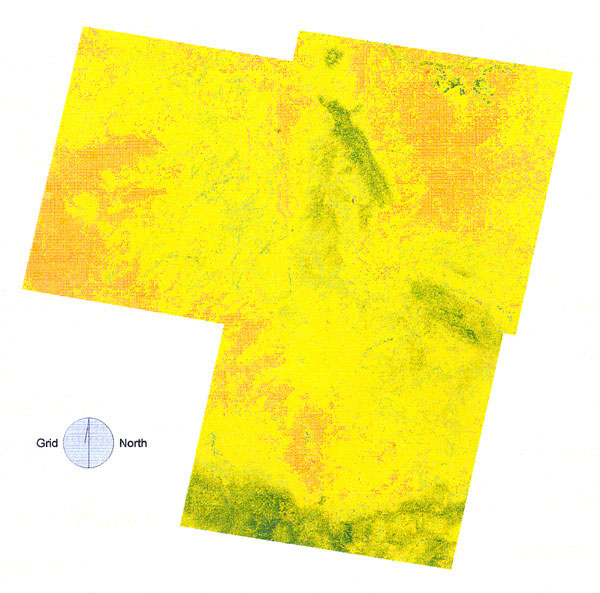Volume 6, Number 3—June 2000
Research
Using Remotely Sensed Data To Identify Areas at Risk for Hantavirus Pulmonary Syndrome
Figure 4

Figure 4. The normalized difference vegetation index (NDVI) scores of the study area by Thematic Mapping bands 3 and 4. Vegetation growth increased from brown though yellow to green. There was a substantial portion of high-risk area (especially the eastern portion of the image) where the NDVI image pixels did not obviously correspond to high-risk areas (see Figure 3 for comparison).
Page created: December 16, 2010
Page updated: December 16, 2010
Page reviewed: December 16, 2010
The conclusions, findings, and opinions expressed by authors contributing to this journal do not necessarily reflect the official position of the U.S. Department of Health and Human Services, the Public Health Service, the Centers for Disease Control and Prevention, or the authors' affiliated institutions. Use of trade names is for identification only and does not imply endorsement by any of the groups named above.